Meena Kamal is a well-known worldwide artist and a supporter of the Bombay Art Society-India. She actively sells her work through NFT (she now has over ninety artworks in the NFT marketplace) and her website www.meenakamal.com, where customers can purchase artworks using various cryptocurrencies.
This implies that you may purchase her paintings from anywhere in the globe via Instagram, Facebook, or WhatsApp. She paints with oil on linen/canvas, mixed media on archival paper, and wood panels. Her abstract landscapes represent her diverse trips and experiences gleaned through her life in San Francisco, Dubai, New Delhi, and Mumbai, where she has her residences.
She produces her work in geometric, organic shapes filled with tactile textures over a contemplative color palette, full of moods and cultural mosaics. She has recently completed a series of thirteen mixed media paintings on archival paper named Humanitarian Crisis, which is inspired by the pandemic and also its impact on people, particularly the impoverished.
“Seeing and hearing the hardships that residents in India experience in factories and industries, and their prolonged return journey to their homes, strongly affected me. Horrifying photos, which are yet to be published, have been sent with me by contacts in the government and press. They left me in a moment of shock. I felt so hopeless and restless because of my inability to sleep. Although I create abstract landscapes, I decided to document a scenario depicting the lives of these helpless migrants through my art. “So I painted these works of art to express the distress encountered by those who left their sealed place of work for their native homes by foot, bicycles, trains, and any other means possible.”
Meena Kamal spoke with Gulf Today.
How did you first learn about the humanitarian crisis that emerged in India during the pandemic?
Most pandemics in India become endemics. My greatest fears were realized when India declared a countrywide shutdown. In a country like India, in which more than 500 million people work daily, life for them and even their families came to a standstill. The poorest in the slums were the worst hit. With cities and villages closed down and no means to earn a living, and the threat of starvation coming, they packed their belongings and began their journey back at home, through hell. Then I saw a video of a kid clutching at his mother's scarf as she lay dead on the roadside, my empathy went to sorrow and despair. The entire country watched helplessly in horror as it reminded them of how underprivileged workers would just perish on the roads or be crushed by trains on railway lines. If they were fortunate enough to live and make it to the borders of a district or state, they will be gathered into groups and sprayed with poisonous chemicals, allegedly to sanitize them.
This must be the first time you've used art to express yourself on a social issue?
Social changes that I have noticed while living in many areas of the world have always served as inspiration for my paintings. My compositions are all philosophical observations on shifting social, political, and economic environments.
Did you paint from pictures, from your imagination, or both?
My artwork pushes me far beyond simply seeing an occurrence. As a professional method actor, I immerse myself in the subject's persona. I then display this in a manner that indicates an accurate portrayal of the events and agony endured by the characters of my paintings. My goal was always for spectators of my paintings to be able to see and relate my work to real-life occurrences.
Who were your sources of motivation for this societal commentary?
Picasso, for example, made a scathing remark in "Guernica." Picasso's depiction of the Spanish Civil War is recognized as Guernica. Historical events have often been wonderfully portrayed by artists. This is my humble endeavor to depict the condition of the underprivileged in India during the epidemic through my paintings.
What is art's societal function?
Art allows people to express their creativity in a non-grammatical manner. Art has numerous societal functions; it has been adopted for ceremonial and symbolic purposes in many civilizations. Artists use art as a mode of communication, entertainment, political change, portraying social concerns, therapeutic, and propaganda.
Do you believe in “art for the sake of art” or “art for the sake of mankind”?
The aesthetic approach connected with "Art for Art's Sake" argued for art to be unrestrained of social, political, and economic influences, and for there to be no link between morality and art. Artists are the most influential historians, and their artwork has always reflected morality and social, political, and economic transformations in society. As a result, art cannot exist only in itself. Its limitations are extended. Art should be done for life’s sake.
Artists have also been influenced by Covid. What impact they had on them?
Covid has severely devastated the art market. According to research issued by Art Basel and UBS, art gallery sales decreased by 30% on average in the first half of 2020.
The auction industry was perhaps the most damaged, with sales plummeting 49%. Art fairs have been displaced by online viewing rooms. Amateur and small-scale traditional artists were being entirely excluded from any business prospects. I'd want to express my gratitude to the UAE Government and Rulers for spending millions on collecting art from artists and supporting the art community throughout challenging times.
























 ENG
ENG









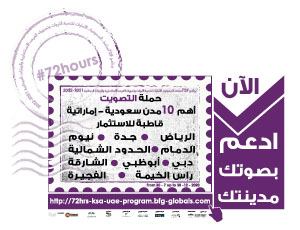


















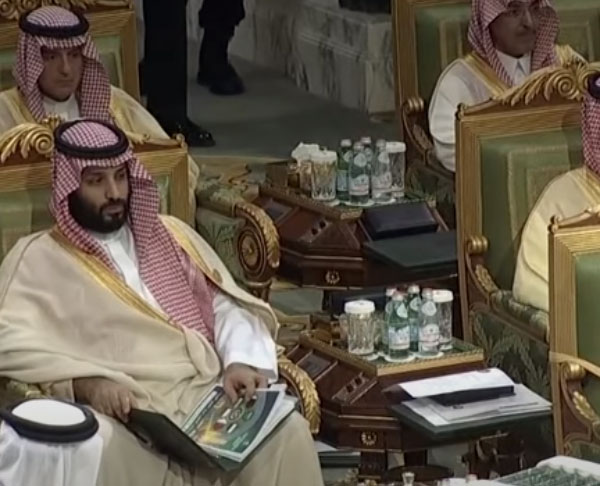
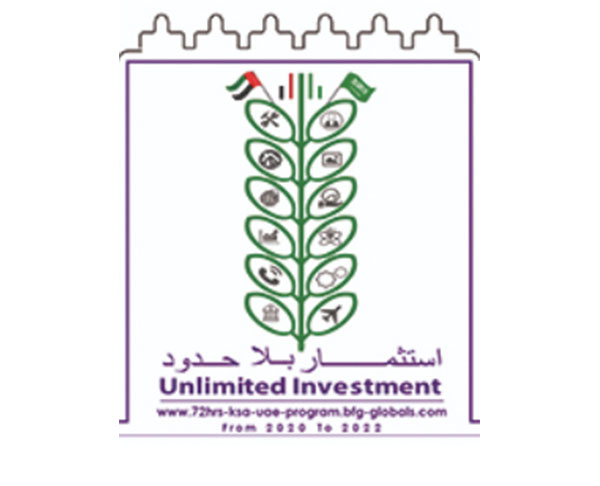
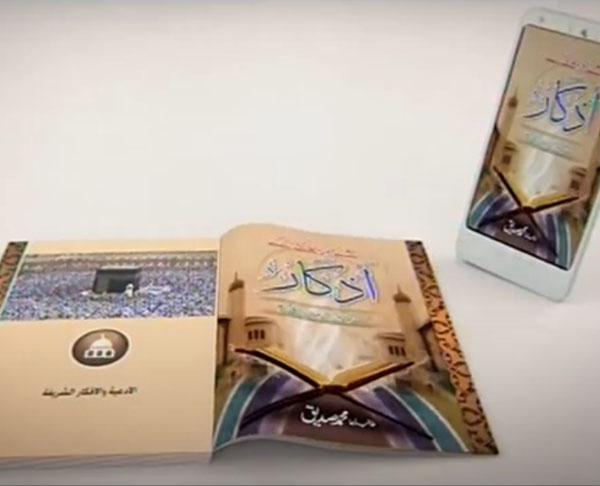

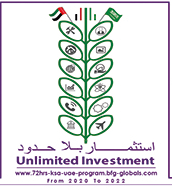
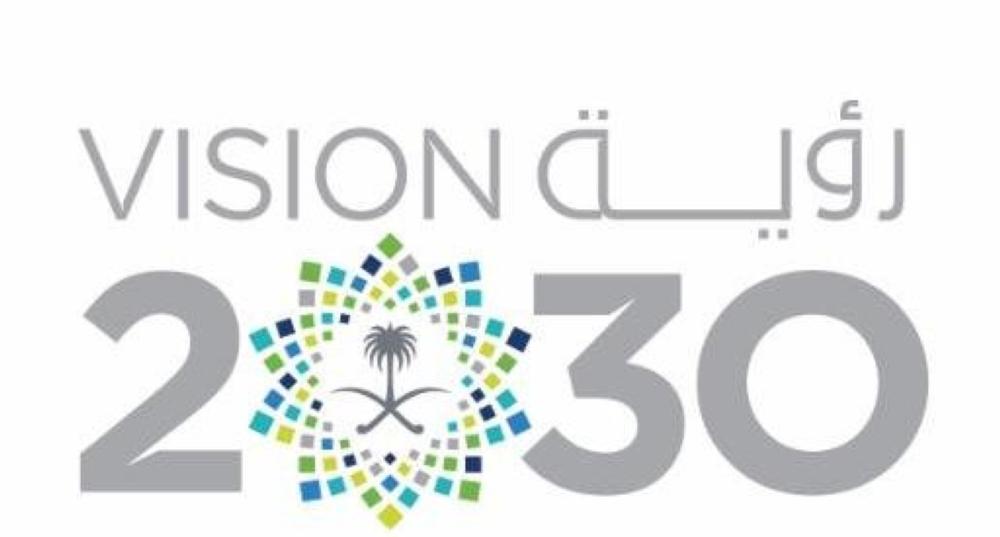
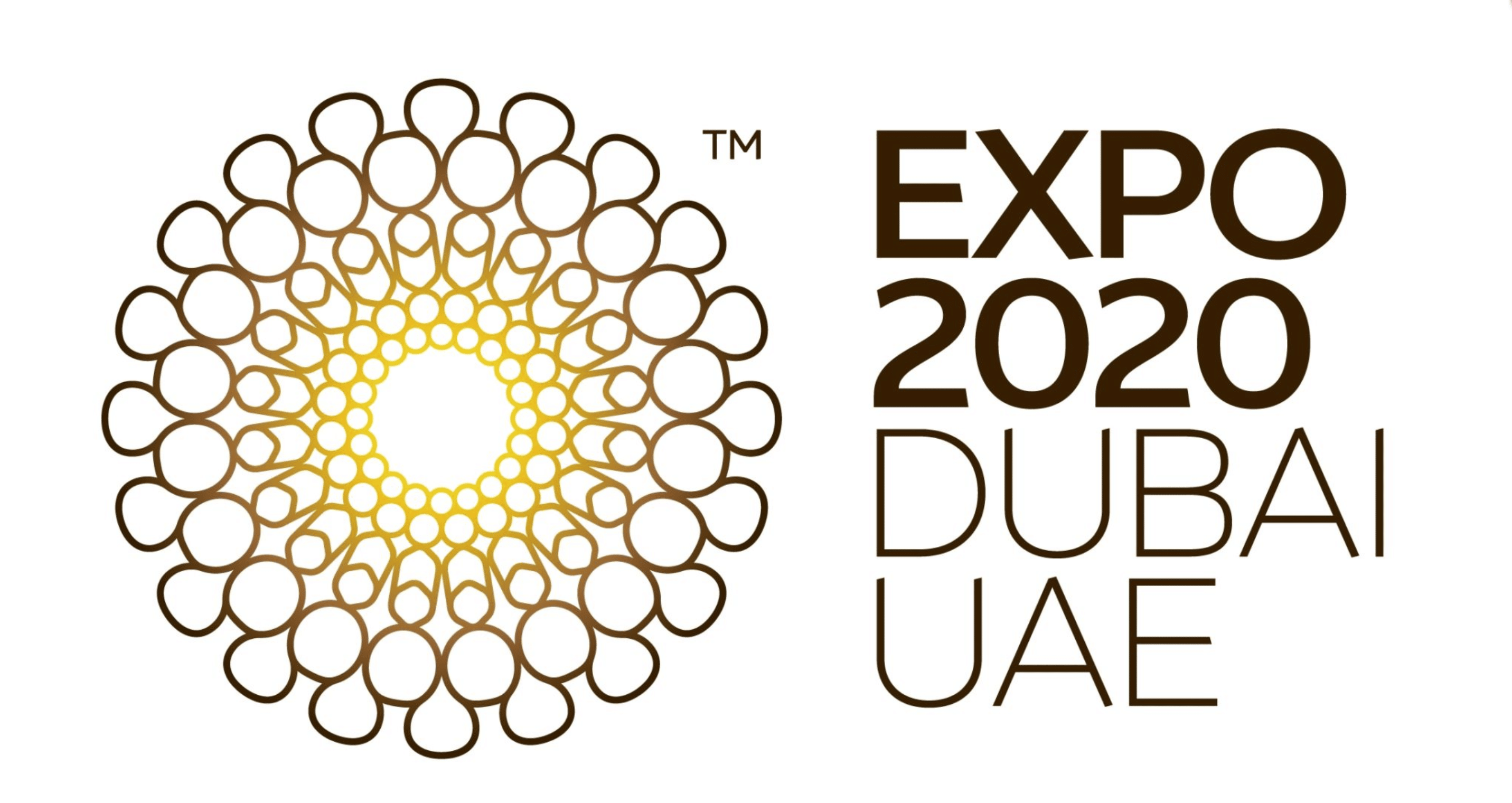
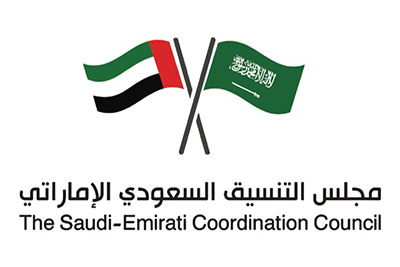






















تواصل معنا